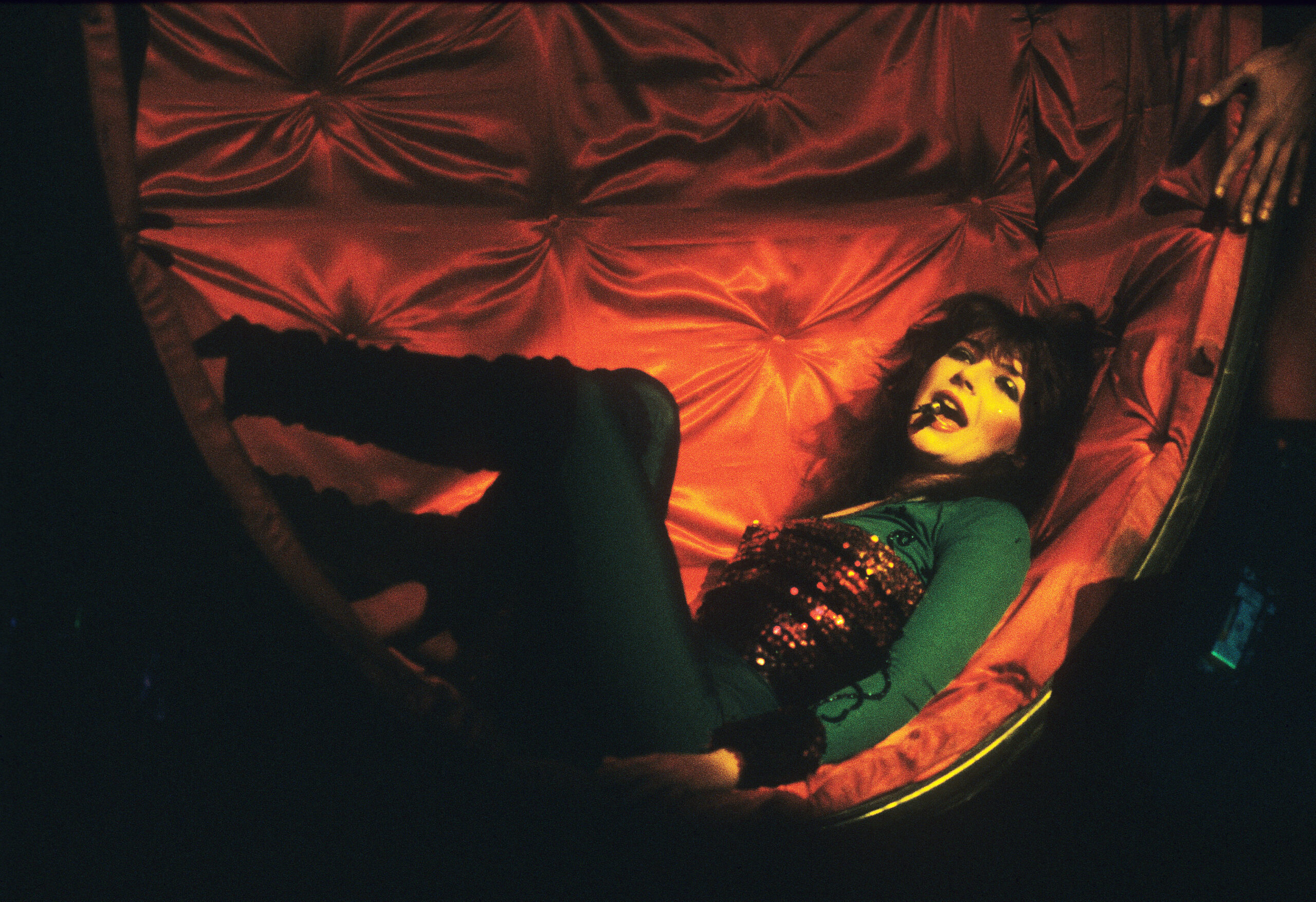
In the U.K., Kate Bush has been a major star since her chart-topping debut single, 1978’s “Wuthering Heights,” and has grown into a beloved national institution over the last few decades. In America, she’s closer to a cult artist who reached her peak of mainstream popularity with 1985’s gold-selling Hounds of Love, which spawned her only Top 40 single, “Running Up That Hill (A Deal With God).”
Bush, who’s influenced a couple generations of indie rockers and art pop subversives, is beloved by everyone from Solange to Outkast’s Big Boi. She’s been an esteemed collaborator of artists like Prince and Peter Gabriel, and covers of her songs have been hits for Maxwell and Meg Myers. But she doesn’t always get her proper respect: This year, she was nominated for the Rock and Roll Hall of Fame for the third time, but when the Class of 2022 was announced, Bush once again missed the cut.
When Stranger Things returned in June for its fourth season, the wildly popular Netflix series was once again full of familiar songs from the 1980s, when the show takes place. And the repeated presence of “Running Up That Hill” in the new episodes took the song to unexpected new heights in America, pushing Bush’s biggest hit to a new peak of No. 4 on the Hot 100, and Hounds of Love to No. 12 on the Billboard 200.
Given the renewed interest in all things Kate Bush, let’s take a look back at her wildly original discography, ranking all 10 studio albums.
10. Director’s Cut (2011)
[embedded content][embedded content]
When Kate Bush founded her own label, Fish People, its first release was a passion project to bring a couple old albums closer to how she’d originally envisioned them. Director’s Cut is comprised entirely of songs from 1989’s The Sensual World and 1993’s The Red Shoes, sometimes re-recorded entirely and sometimes merely replacing the old vocals and percussion. One song is transformed dramatically: “The Sensual World” becomes “Flower of the Mountain,” featuring words from James Joyce’s Ulysses that she didn’t get permission from Joyce’s estate to use the first time around.
But other revisions are more subtle, if not altogether unnecessary. “Lily” has a fiery new vocal performance, but songs like “This Woman’s Work” lose something when sung in a lower register by an older Bush with a more limited range. And the emotional impact of the mournful “Moments of Pleasure” is blunted by a wordless chorus in its new incarnation. It’s an occasionally revelatory album, but it feels like it’s for Bush and her most hardcore fans only.
9. Lionheart (1978)
[embedded content][embedded content]
Lionheart is, in some ways, a victim of all the music industry clichés associated with second albums. Bush honed her craft for years before her debut album, writing and recording demos for nearly 200 songs ahead of releasing The Kick Inside. But after that record’s runaway success, EMI rushed Bush through releasing a follow-up just nine months later.
It’s her shortest and most quickly recorded album, drawing primarily on songs from those early demos. And even with the label’s insistence on striking while the iron was hot, it wound up being her lowest-charting studio album in the UK. Lionheart can be cloying at times — there are multiple songs about Peter Pan — but the teenage phenom’s unique brilliance is still fully displayed through the vocal acrobatics of “Wow” and unpredictable rhythms of “Full House.”
8. 50 Words For Snow (2011)
[embedded content][embedded content]
Bush’s most recent studio album moves at a glacial pace. Her minimalist, piano-based compositions unfold over lengthy tracks like the 13-minute “Misty” and the 11-minute “Lake Tahoe,” with jazzy accompaniment led by legendary drummer Steve Gadd (Steely Dan, Paul Simon). Even the Elton John duet, “Snowed in at Wheeler Street,” fits nicely into the album’s wintery chamber pop atmosphere.
Unfortunately 50 Words For Snow’s title track, which features actor Stephen Fry literally just reciting names for snow while Bush counts to 50, is one of the flimsiest songs in her entire catalog, dragged out for eight minutes. “50 Words For Snow is teeming with classic Bush-ian characterizations and stories – fantasies, personifications, ghosts, mysteries, angels, immortals,” wrote Ryan Dombal for Pitchfork.
7. The Red Shoes (1993)
[embedded content][embedded content]
By the time Bush released her only album of the 1990s, alternative artists like Tori Amos, Bjork, and Sarah McLachlan, who were significantly and unmistakably influenced by Bush, were on the rise. But like many ‘90s albums by legacy artists, The Red Shoes sounds, well, a little stuck in the ‘80s, at least in terms of the gated snare drums.
Even the presence of guests like Eric Clapton and Jeff Beck doesn’t pull Bush too far into stodgy classic rocker territory, though. “Rubberband Girl” is one her funniest and most propulsive singles; “Big Stripey Lie” has some satisfyingly noisy guitar; and “The Song of Solomon” features the somewhat surprising chorus “Don’t want your bullshit / Just want your sexuality.”
6. Never For Ever (1980)
[embedded content][embedded content]
In 1979, Bush wrapped up a six-week tour, and she didn’t perform another full concert for the next 35 years. But she continued making albums, becoming a studio-only artist for some of the most creatively fertile and commercially successful years of her career, much like the Beatles and Steely Dan before her. Never For Ever became her first No. 1 album in the U.K., promoted with interviews, record signing events, and one of her signature songs, “Babooshka.”
Bush put an even greater effort towards the burgeoning art form of music video, shooting four clips a year before MTV existed (though the BBC wouldn’t air the “Breathing” video, which depicted an apocalyptic nuclear explosion, on Top of the Pops). Bush’s third album was also pioneering in its use of the Fairlight CMI sampler — Peter Gabriel, whose own 1980 album featured Bush cameos on “Games Without Frontiers” and “No Self Control,” was the first U.K. musician to own one.
5. Aerial (2005)
[embedded content][embedded content]
It’s been nearly 11 years since Bush last released a studio album. But so far, the longest gap between Bush albums has been the 12 years that passed between The Red Shoes and Aerial. And she returned in grand fashion with her first double album. Like Hounds of Love, Aerial is bifurcated into two halves, one of them a conceptual suite: The second disc, subtitled A Sky of Honey, represents the 24-hour cycle of a summer day, from sunrise to sunrise. “Aerial is packed with songs that make commonplace events sound extraordinary,” wrote Alex Petridis in The Guardian.
4. The Sensual World (1989)
[embedded content][embedded content]
“As the people here grow colder / I turn to my computer / And spend my evenings with it, like a friend.” It’s a little hard to believe that those words opened a song by a major artist back in the 1980s, long before the Internet changed the world and became part of the lingua franca of pop music. But that’s the first verse of Bush’s 1989 track “Deeper Understanding.”
The Sensual World is both forward-thinking and steeped in a variety of folk music traditions, with Celtic undertones on the title track and Balkan harmonies from Trio Bulgarka on three others. And it’s one of her most deeply moving albums, containing such irresistible moments as the sweeping chorus of “Reaching Out” and the gorgeous fluttering high notes of “This Woman’s Work,” first released a year earlier on the She’s Having A Baby soundtrack. “Perhaps only Peter Gabriel melds so many cultural elements with such seamless flair. But it’s the how, not the what, that distinguishes her accomplishments,” wrote Steve Hochman of the The L.A. Times.
3. The Dreaming (1982)
[embedded content][embedded content]
The Dreaming was Bush’s first self-produced album. And even if it wasn’t much of a commercial success, she evidently enjoyed the experience so much that she never allowed another outside producer to work on her albums. Perhaps more than any other entry in her discography, The Dreaming truly captures Bush in her own world, creating surreal cathedrals of sound from her voice, samplers, pianos, and unorthodox percussion like older brother Paddy Bush’s bamboo sticks.
From the trippy vocal effects on “Leave It Open” to the lush strings of “Houdini,” it’s a classic headphones album, offering new sounds to discover with each listen. Writing in in The Village Voice, Robert Christgau called it “the most impressive Fripp/Gabriel-style art-rock album of the postpunk refulgence.”
2. The Kick Inside (1978)
[embedded content][embedded content]
Bush began teaching herself piano and writing songs at age 11, and within a few years she’d recorded dozens of demos that impressed one of the biggest rock stars in the world, Pink Floyd’s David Gilmour. Securing a record deal with EMI, Bush became one of the most unlikely breakthroughs of a moment when England was caught up in punk and new wave: a teenage girl storming into the boys’ club of progressive rock with a debut album as densely literary and musically complex as any record by Floyd and their contemporaries.
There’s sweeping romance in “Wuthering Heights,” but Bush’s octave-jumping vocals and eccentric songwriting arrived more or less fully formed on an album she spent most of her teenage years laboring over and preparing for. Even the then-fashionable reggae groove of “Kite” has an unpredictable hiccup in it, and Bush’s distinctive vocal phrasing and strange chord progressions animate spare piano ballads like “Feel It.”
1. Hounds of Love (1985)
[embedded content][embedded content]
Hounds of Love is, paradoxically, both Bush’s peak as a pop hitmaker and one of her most conceptually ambitious works. It’s not just the album with “Running Up That Hill”: The entire first side is an absolute murderer’s row, with pounding drums and fluttering Fairlight ear candy powering some of her catchiest and most memorable songs, including the title track and “Cloudbusting.”
And then the second side, subtitled The Ninth Wave, is a concept album in miniature: seven dreamily abstract tracks that run together and draw inspiration from the Arthurian poetry of Alfred, Lord Tennyson. It may be a deliberately frontloaded record, but the back half takes you on a journey as immersive and beautiful as anything in Bush’s catalog, ending with the gorgeous “The Morning Fog.”
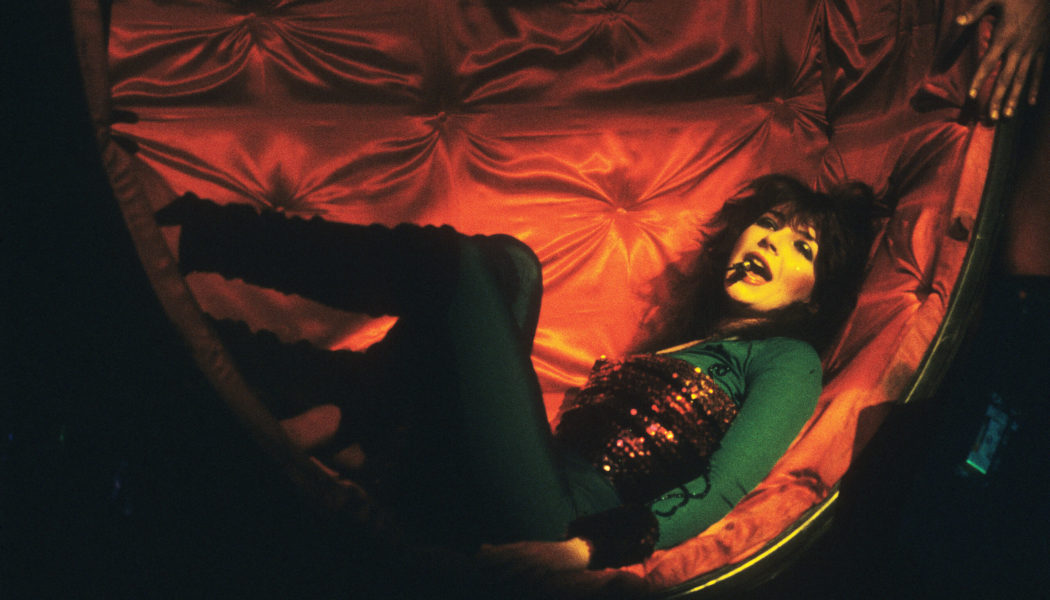

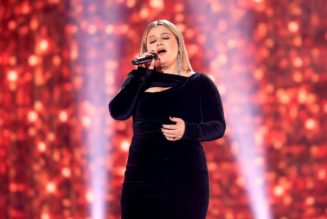
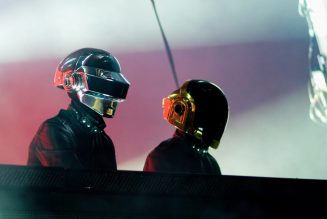

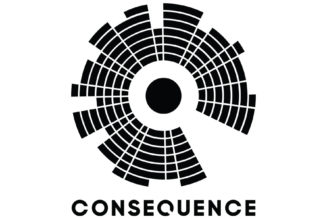

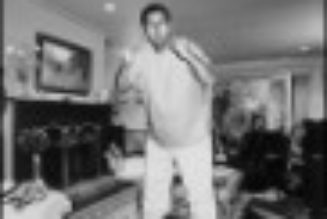

Tagged: kate bush, Lists